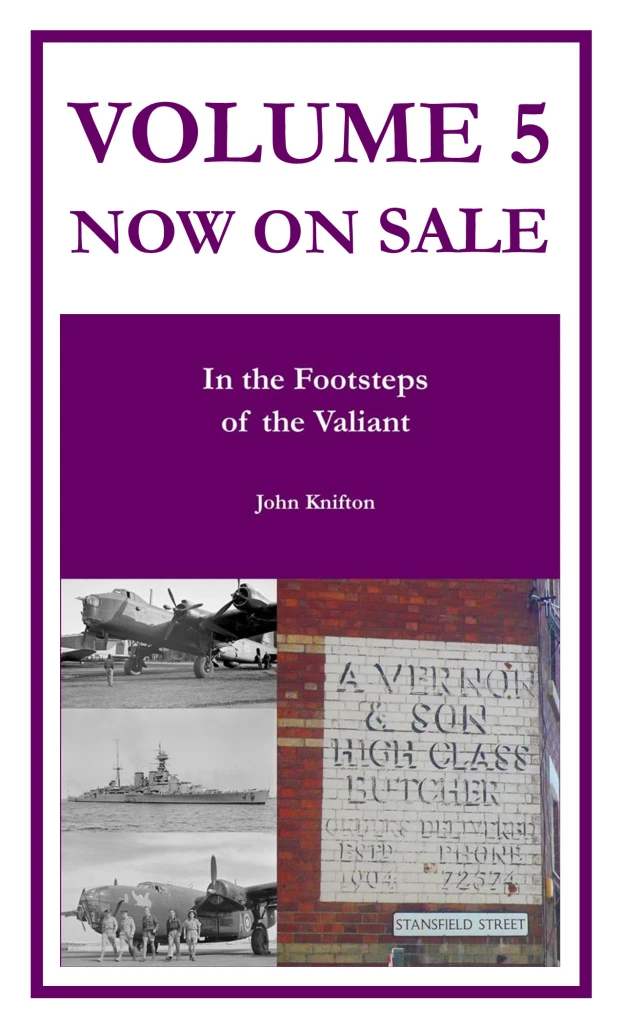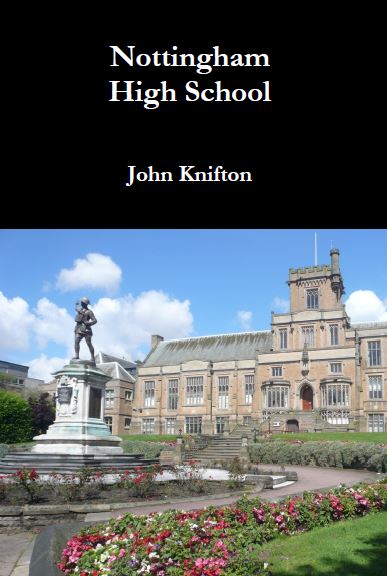Leslie Howard was such a Hollywood star that we always think that he was the sole cause of the BOAC airliner “Ibis” being shot down. The aircraft was actually owned by the Dutch, hence the flag on the top of the fuselage. I don’t quite understand how or why, but somehow BOAC were using a foreign airliner to fly some of their run-of-the-mill European trips, and the aircraft remained, throughout, Dutch property with an all-Dutch crew:

Could any of the other people on the plane, though, be the reason for the unexpected arrival of those eight heavy German Ju-88 fighters?
Perhaps the BOAC aircraft was destroyed because of Wilfrid Jacob Berthold Israel, a supposed British secret agent and a prominent Zionist, who was engaged in making sure that Jewish refugees could leave Spain and Portugal without difficulty to go to their rightful homeland. So far, he had helped 1500 of them, many of them children, to go there. Supposedly, Wilfrid had recently presented to the British government a very important proposal to solve the problem of getting Jewish refugees out of Europe to their homeland in Palestine. He was on his way to discuss increasing this exodus with Government ministers in London. Here’s Wilfrid:

Perhaps the reason for the plane’s destruction was Ivan James Sharp, a mining engineer. He was working for the British Government to offer the Portuguese and Spanish top prices for their tungsten, a hard, rare, metal used to produce various alloys and steels for weapon production. Also called “wolfram”, it was indispensable if you intended to manufacture armaments. Sharp had been trying to buy up 100% of the tungsten produced by Spain and Portugal. He was on his way to an important meeting at the Ministry of Economic Warfare. I couldn’t find a picture of Ivan, but he began his career at the Camborne School of Mining in West Cornwall. They have a lovely example of a modern coat cof arms:
 Perhaps the plane was destroyed because of Tyrrell Mildmay Shervington. Outwardly he was the Lisbon manager of the Shell-Mex oil company but, in the shadowy world of espionage, he was supposedly an agent of the Special Operations Executive. He was deeply involved in all of its many machinations across both Spain and Portugal and, according to some, he was the Head of the Lisbon Office.
Perhaps the plane was destroyed because of Tyrrell Mildmay Shervington. Outwardly he was the Lisbon manager of the Shell-Mex oil company but, in the shadowy world of espionage, he was supposedly an agent of the Special Operations Executive. He was deeply involved in all of its many machinations across both Spain and Portugal and, according to some, he was the Head of the Lisbon Office.
Perhaps the plane was destroyed because of Francis German Cowlrick, a 67 year old civil engineer. He had worked for Babcock and Wilcox since 1905. Babcock and Wilcox made steam boilers, piping for steam, water tube boilers and welded pressure vessels, in short, as they said in an advertisement in 1937, “Everything for the Boiler House, including Valves”. They also produced electric cranes and pressed steel forgings. They manufactured munitions and tanks and boilers for Royal Navy warships. Mr Cowlrick was the manager and chief engineer for the company in Spain and Portugal. He was personally responsible for the designing and erection of a number of impressively large steam-generating plants in Lisbon, Madrid and half a hundred other places in Iberia. On this particular day he was travelling on behalf of the British Department of Overseas Trade. Here is one of the huge number of Babcock and Wilcox factories which are situated all over the world. They are a truly gigantic, global concern:

Most of ther other passengers were ostensibly much more innocent. There was Mrs Rotha Violet Lettie Hutcheon and her two daughters, Petra Hutcheon, aged eleven, and Carolina Hutcheon, a baby some eighteen months old. Mrs Hutcheon was flying to rejoin her husband Allen, in England where he was a staff officer in the Imperial General Staff.
Mrs Cecelia Emilia Falla Paton was travelling back to England to start a new post as a secretary. She was the wife of James Paton of 53 Ullswater Road, Flixton in Greater Manchester. Kenneth Stonehouse, a British journalist, was working as the Reuters correspondent in Washington DC. He was accompanied by his wife Evelyn Peggy Margetts Stonehouse.
There were certainly no tourists in the aircraft. Everybody seems to have had a specific reason for being on board the “Ibis”.
It is even possible to argue that the entire event was completely accidental. There doesn’t always have to be a conspiracy theory to explain everything that happens to famous people such as Leslie Howard.
For example, was it actually normal for the Luftwaffe’s Junkers Ju88 fighters to patrol the Bay of Biscay in small groups? Were they so frightened of the RAF’s formidably powerful Bristol Beaufighter?

Or were the Germans still haunted by the bogey man of their worst nightmares, Das Fliegende Schtachelschwein?

Or perhaps we should accept as the true, the story told by the senior officer in the German fighter formation, Oberleutnant Herbert Heintze, who said that he had decided to shoot the plane down before the eight German aircraft ran out of fuel? Do you accept his word that they thought it was a bona fide warplane? After all, the DC-3 was camouflaged like a military aircraft. Why was the aircraft not silver or white? After all, it was an airliner. Why did it not have neutral markings? A green cross on a white circle. Why no Portuguese or Dutch insignia? One further complaint from German pilots was that their Luftwaffe superiors knew very well that this airliner made a regular flight from Portugal to England but they had not bothered to tell them. If they had known this, Heintze said, they would not have shot the aircraft down but they would have escorted it back to their own base in France. Whatever the solution, BOAC issued the following statement:
“The British Overseas Airways Corporation regrets to announce that a civil aircraft on passage between Lisbon and the United Kingdom is overdue and presumed lost. The last message received from the aircraft stated that it was being attacked by an enemy aircraft. The aircraft carried 13 passengers and crew of four. Next of kin have been informed.”

































































